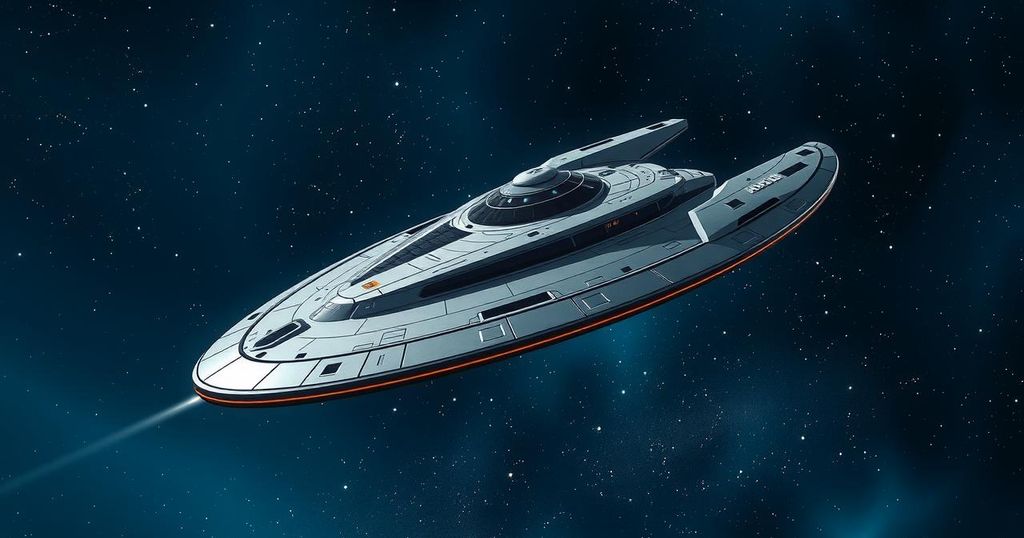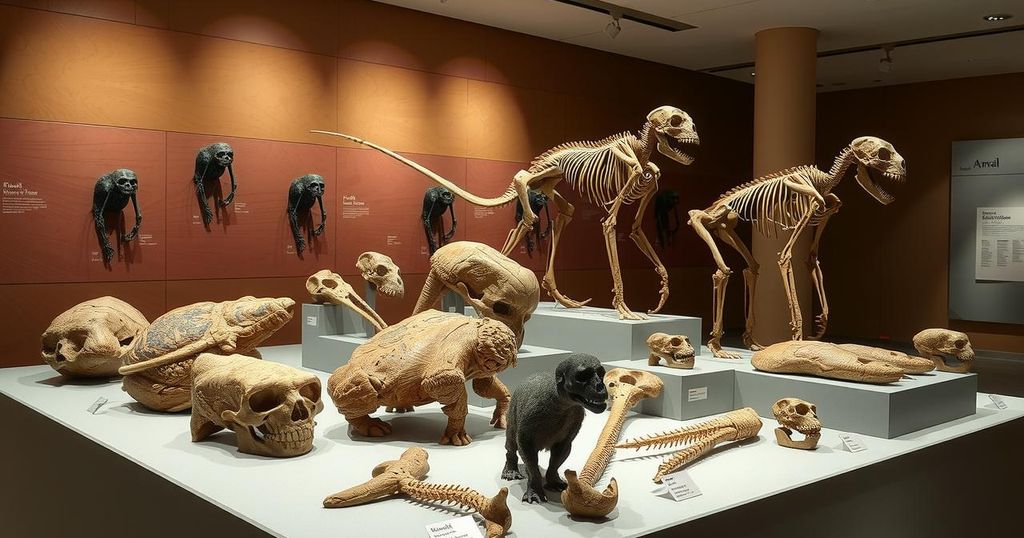NASA’s Voyager 1 Revives Backup Thrusters and Resumes Operations
NASA’s Voyager 1 has revived long-dormant backup thrusters just before a pause in command capabilities for upgrades. Despite recent challenges with communication and instrument operations, engineers are working to extend the mission’s life, ensuring that both Voyager 1 and 2 can continue to gather and relay important data back to Earth.
In a remarkable comeback, NASA’s Voyager 1 has successfully revitalized backup thrusters that were thought to be out of service for decades. This significant move comes just before the mission team plans to pause commands to the probe, as the radio antenna—which sends instructions—will undergo upgrades. The maneuver will ensure better communications despite the impending shutdown of command operations.
Moreover, engineers have recently turned off two scientific instruments aboard the Voyager fleet to help extend the mission’s longevity. On February 25, they switched off the cosmic ray subsystem experiment on Voyager 1, while the low-energy charged particle instrument aboard Voyager 2 is set to be shut down on March 24 due to power constraints.
Following a short break in communication last month, Voyager 1 is back online, marking a smooth resumption of regular operations. The brief pause in contact was primarily due to the spacecraft shutting down one of its two radio transmitters, prompting the team to investigate the underlying issue. Thankfully, they reestablished communication on October 24.
Power issues have also prompted protective measures on Voyager 2, leading to the shutdown of its plasma science instrument. This switch helps mitigate the gradual decline in electrical power supply on the aging spacecraft, securing its functionality.
Resolving multiple challenges, the Voyager 1 team has completed a tricky thruster swap. This adjustment helps the spacecraft stay oriented toward Earth, allowing it to reliably receive commands, send back vital engineering information, and collect the unique scientific data that NASA looks forward to.
In a bright turn of events, Voyager 1 is producing normal science operations for the first time since tech troubles emerged back in November 2023. Both the spacecraft and its engineering systems are beginning to send data back to Earth effectively, paving the way for a potential uplift in the mission’s progress.
Following the complications from a corrupted memory segment in its onboard computer, engineers are addressing the issues that led to the transmission of garbled science and engineering data. The team is actively working on a solution to stabilize data communications from the spacecraft, as these issues have persisted since last November, highlighting the resilience and dedication of NASA’s engineers in continuing the Voyager mission’s legacy.
NASA’s Voyager 1 mission is forging ahead after overcoming significant challenges posed by technology failures and power limitations. The revival of the backup thrusters and the management of its scientific instruments mark crucial steps in ensuring the spacecraft’s ongoing communication and data transmission capabilities. As the team continues to troubleshoot outstanding issues, Voyager 1 remains a key player in our understanding of the cosmos and the legacy of space exploration.
Original Source: science.nasa.gov




Post Comment